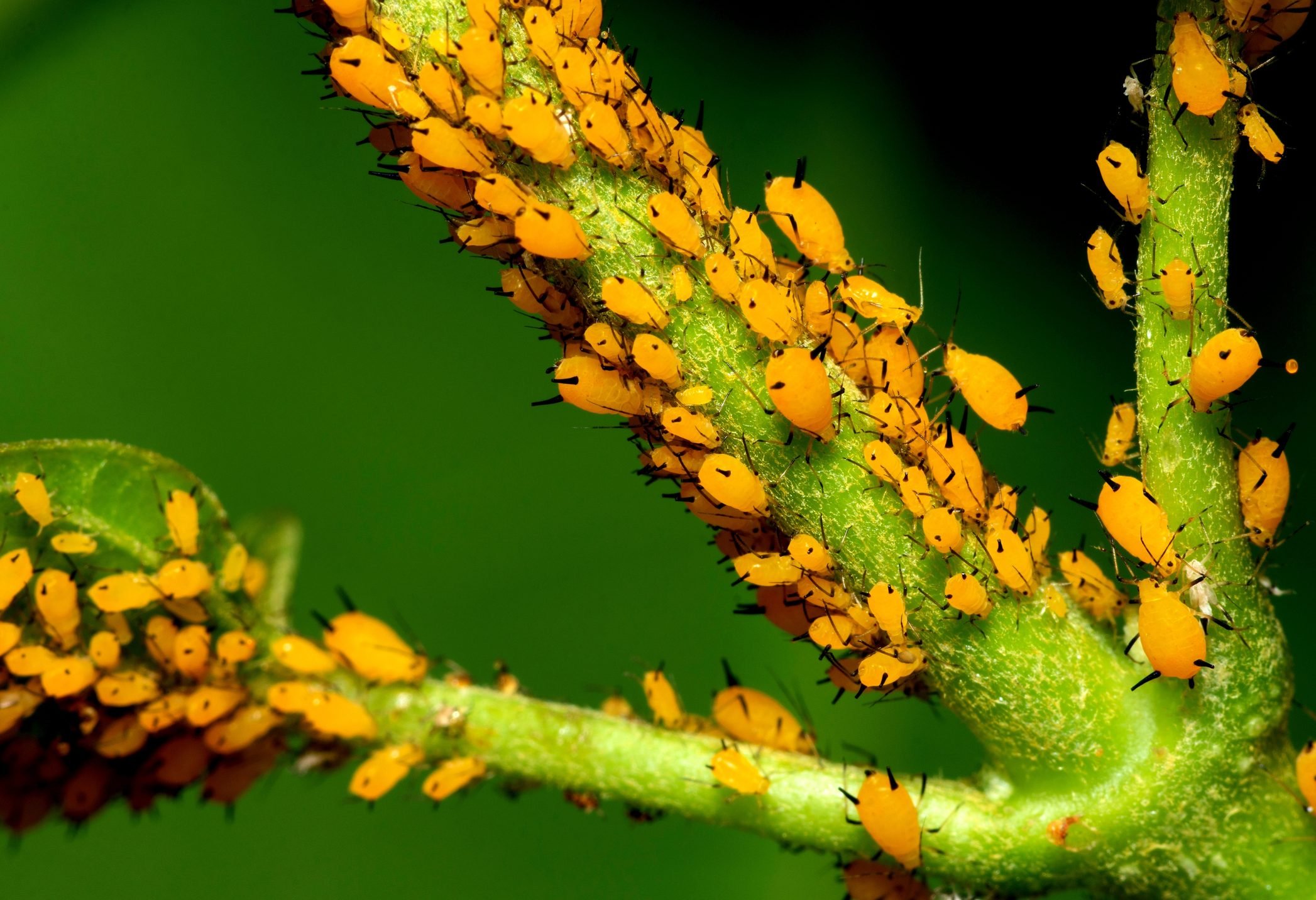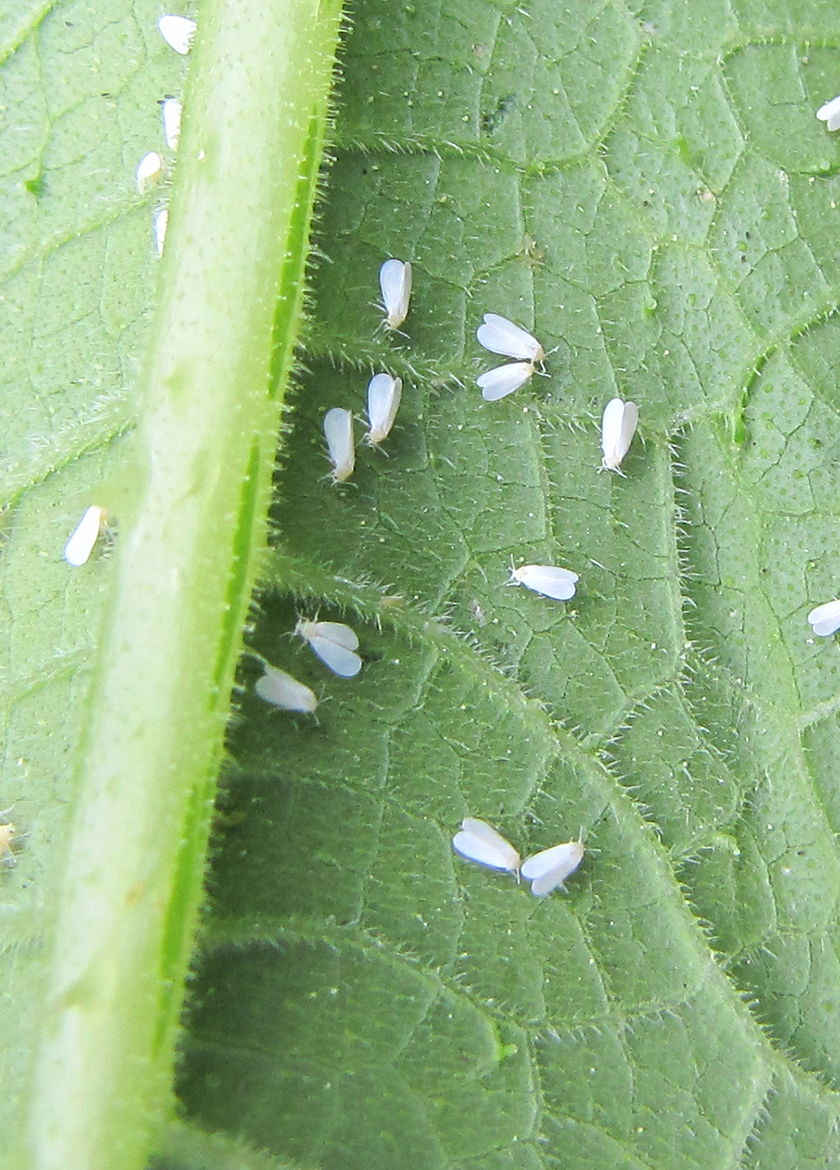Plant pests or parasites
Pests can pose significant problems for plant health and growth. Here are some common pests that can affect plants:
Aphids:
Aphids are small, soft-bodied insects that feed on plant sap. They are usually found on the underside of leaves and can cause curling, yellowing or distortion of growth. Aphids reproduce rapidly and can form large colonies, resulting in stunted plant growth and disease transmission.
Spider mites are small arachnids that feed on plant sap by piercing plant cells. They are usually found on the underside of leaves and form fine webs. Mite infestations can cause yellowing, spotting and premature leaf drop. High populations can weaken plants and make them more susceptible to other attacks.
Caterpillars:
Caterpillars are the larval stage of butterflies and moths. They feed on leaves, often creating chewed holes or skeletonized patterns. Some caterpillars can cause extensive damage to plants if left unchecked. Common examples include cabbage loopers, tomato hornworms, and armyworms.
Scale Insects:
Scale insects are small, immobile pests that attach themselves to plant surfaces and feed on plant sap. They often appear as small bumps or scales on stems, leaves, or fruits. Scale insects can weaken plants and cause stunted growth, yellowing, or distorted foliage.








omgg
ResponderEliminar